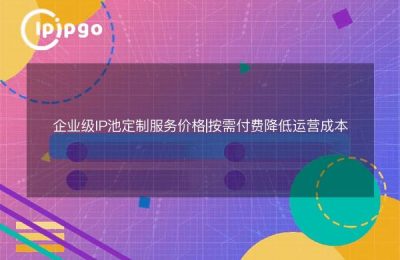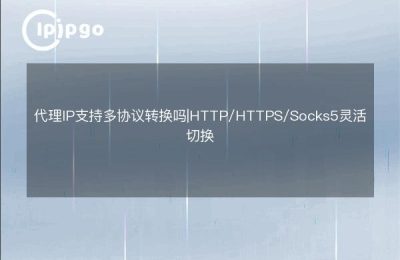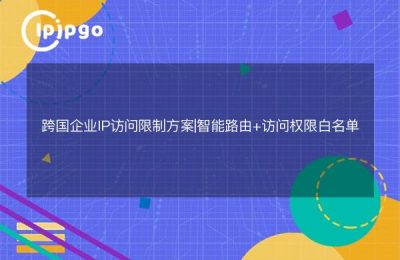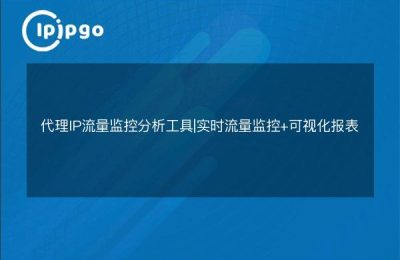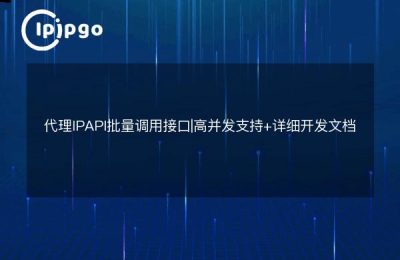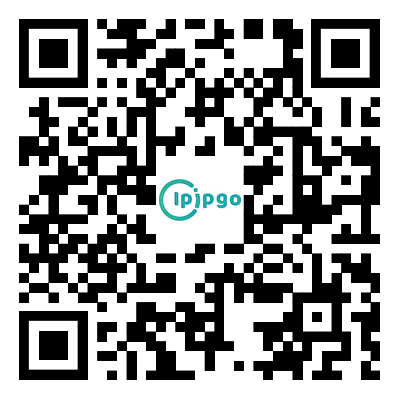
Underlying logic for proxy IP rotation frequency
Many users have a misunderstanding when using proxy IP - that the higher the rotation frequency, the better. In fact, the core principle isMatch the pace of rotation to the characteristics of the businessThe first step is to make sure that you are able to get the most out of the IP pool. For example, batch registration of accounts requires high frequency switching, while long live broadcasts require stable connections. ipipgo suggests judging from three dimensions: the length of business, the strength of the target platform's wind control, and the amount of IP pool resources.
Eight typical scenes of the actual combat parameter table
| Business Type | Recommended frequency | IP Type | caveat |
|---|---|---|---|
| E-commerce data collection | 30-120 seconds per session | Dynamic Residential | Need to simulate the pace of real user browsing |
| Social Media Operations | 1-4 hours/session | Static homes | In conjunction with the account's territorial characteristics remain stable |
| SEO Monitoring | Toggle by task | Mixed plant room + residential | Need to differentiate between search engine types |
| game multiplayer | Single IP Fixed | Static homes | Pay attention to IP time zone matching |
| Verification of advertising effectiveness | 10-30 seconds/time | Dynamic server room | Need to cover mainstream country nodes |
Taking e-commerce collection as an example, ipipgo users' actual test data shows that: using theDynamic rotation of residential IPsIn addition, with the random fluctuation setting at 2-minute intervals, the account survival rate is increased by 83%. Its real home broadband attribute can effectively circumvent platform detection.
Dynamic/Static IP Selection Guide
Many people can't tell the difference between dynamic and static IPs:
- dynamic IP: New IP per connection (suitable for short duration high frequency operation)
- static IP: Fixed IP hold for hours (for long time stabilization needs)
ipipgo supports two modes to switch freely, especially itsResidential IP Static Assignment TechnologyIt can maintain the same IP for up to 24 hours without disconnecting, which is especially important in the business that needs to keep logging in for a long period of time.
Smart Rotation Advanced Tips
Recommend trying ipipgo'sIntelligent Rotation Model::
- Setting the base switching interval (e.g. 10 minutes)
- Stacked ±30% random time float
- Automatically adjusts to access response speed
- Emergency switchover automatically triggered by abnormal traffic
This model has helped users reduce the blocking rate of a social platform from 371 TP3T to 2.61 TP3T, while saving 151 TP3T of IP resource consumption.
Answers to high-frequency questions
Q: Why do I still get blocked with a dynamic IP?
A: Check three elements: ① whether to open the browser fingerprint camouflage ② whether the request header carries proxy features ③ whether the access frequency exceeds the normal user threshold. It is recommended to use ipipgo'sFull Protocol Support FunctionsAdaptation to different scenarios.
Q: How often do I have to test the rotation?
A: Recommended 3-phase testing method: ① 1-hour high-frequency test (to measure the immediate response of the platform) ② 24-hour stress test (to measure the behavioral model detection) ③ 7-day stability test (to measure the long-term correlation mechanism). ipipgo providesMulti-country test IP poolUsed for business validation.
Q: How to handle sudden large number of requests?
A: Recommended to be turned onConcurrency Protection Mode: Automatically splits requests to different country nodes, and with ipipgo's 90 million+ residential IP pools, it can achieve intelligent scheduling of 300+ IPs per second, effectively dispersing access pressure.


